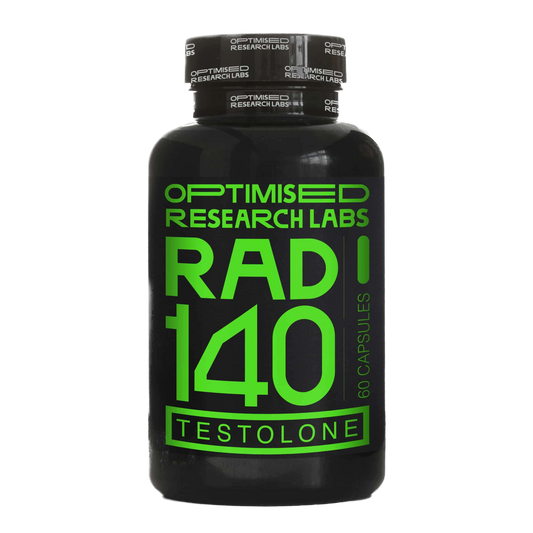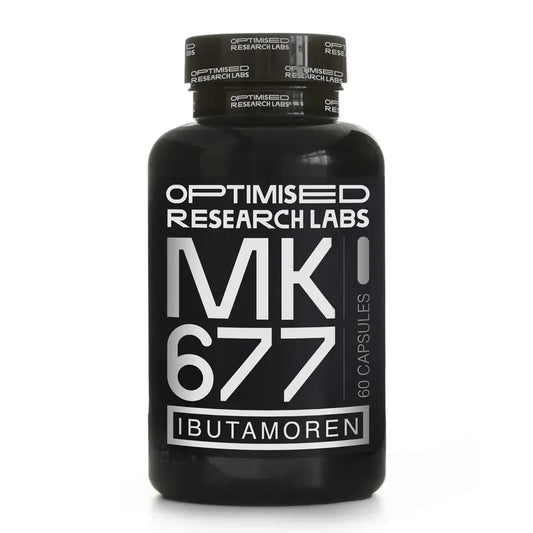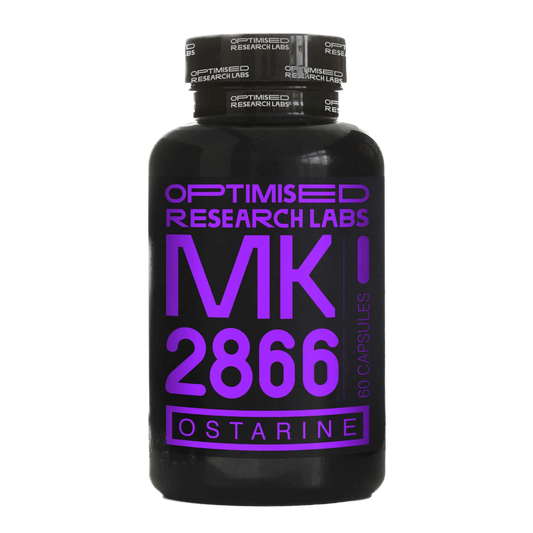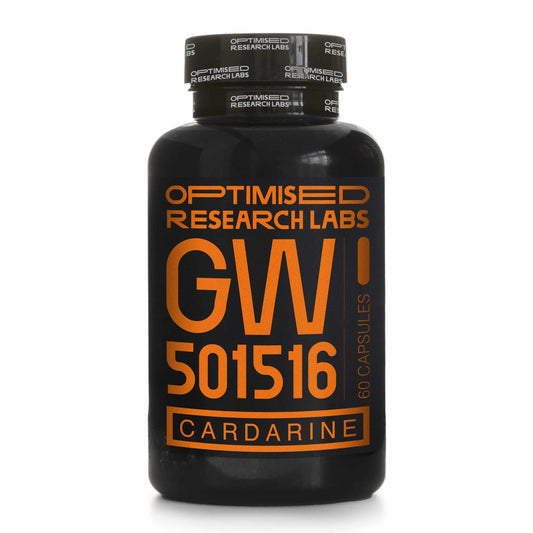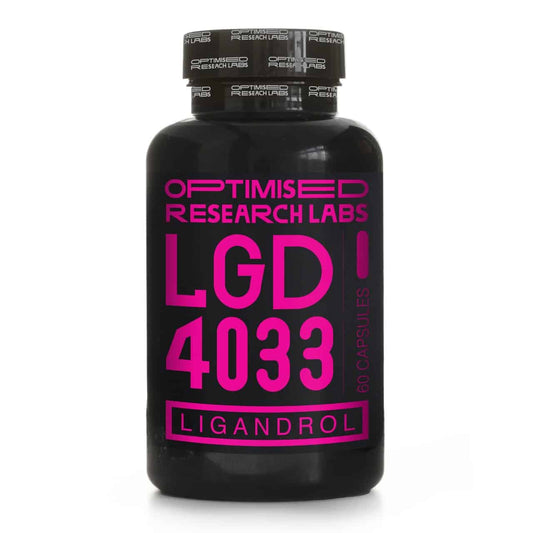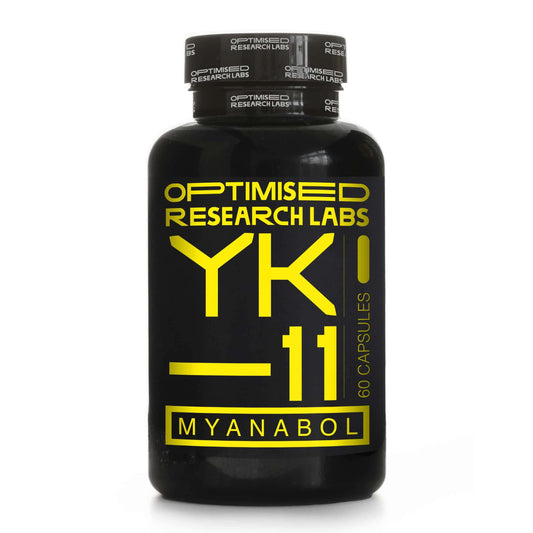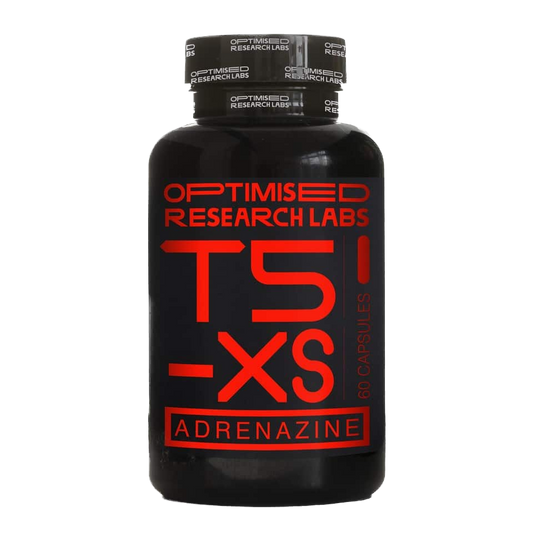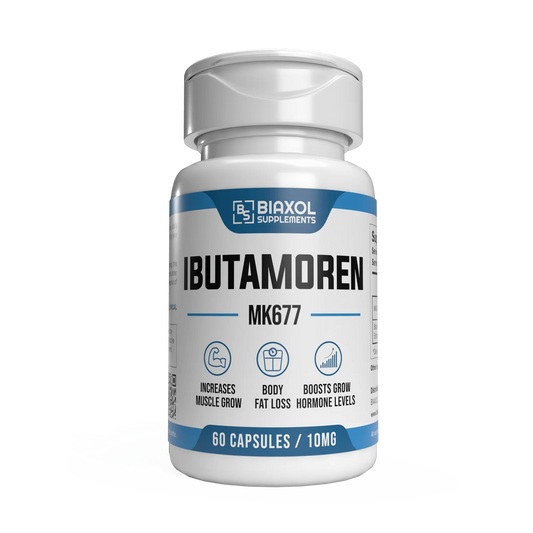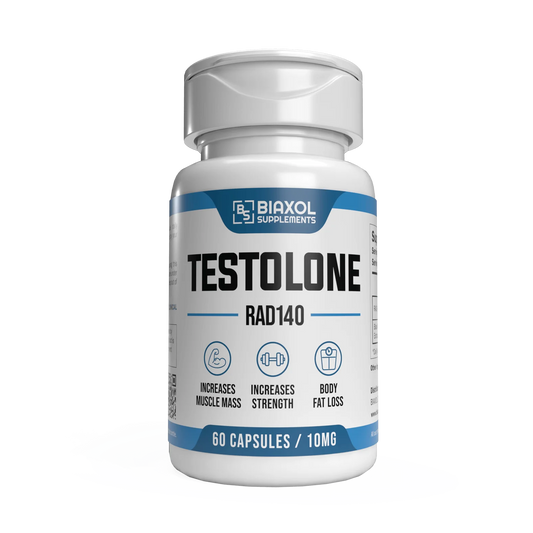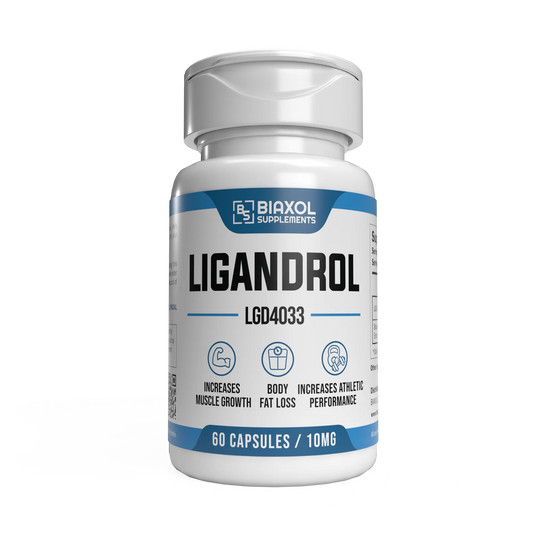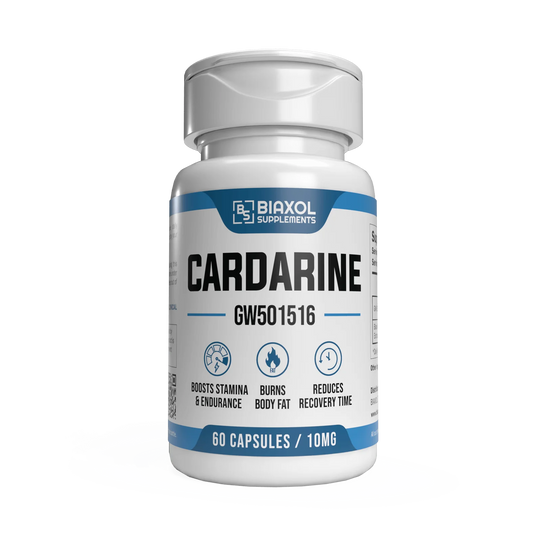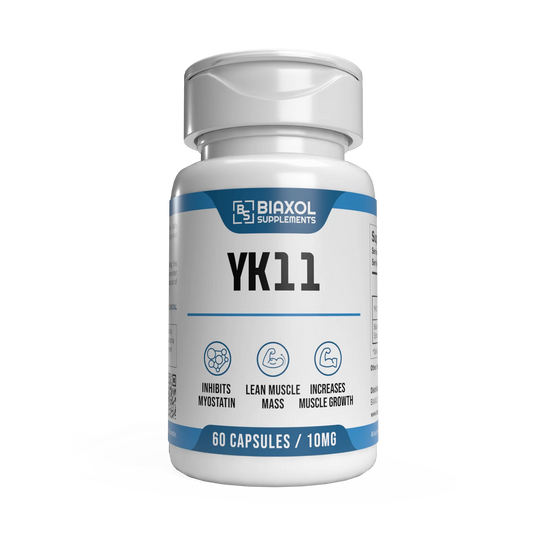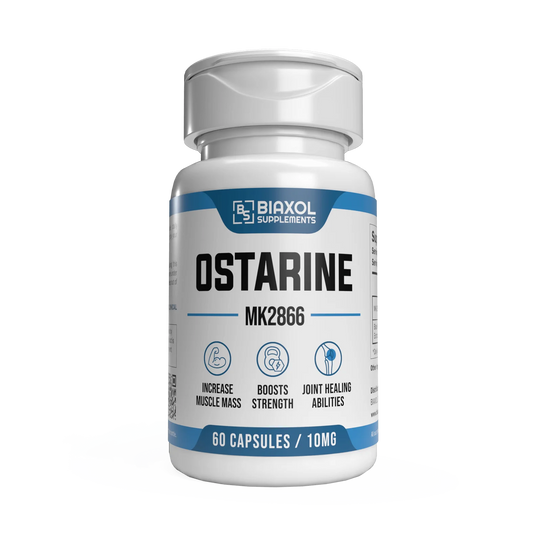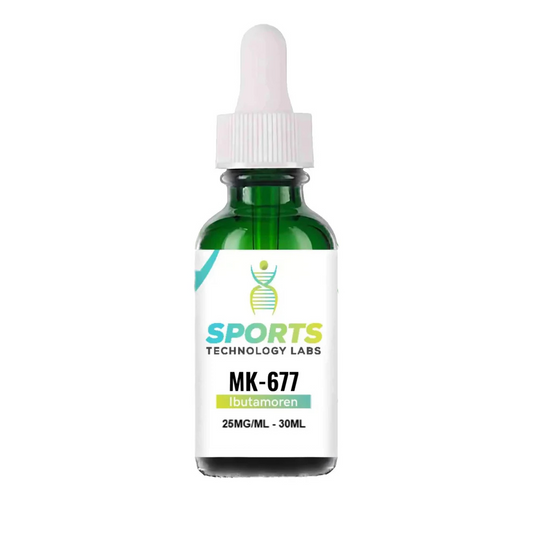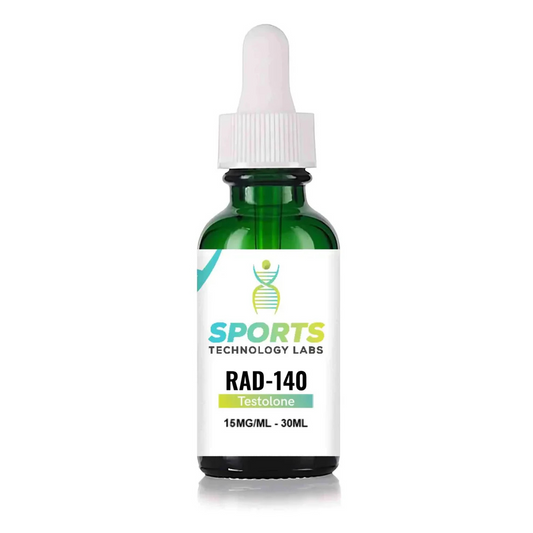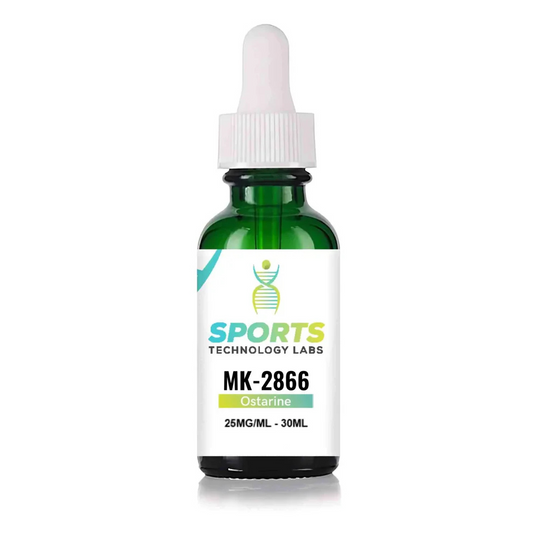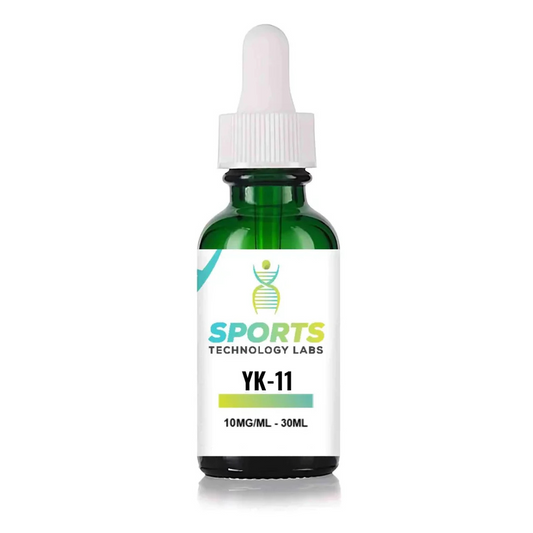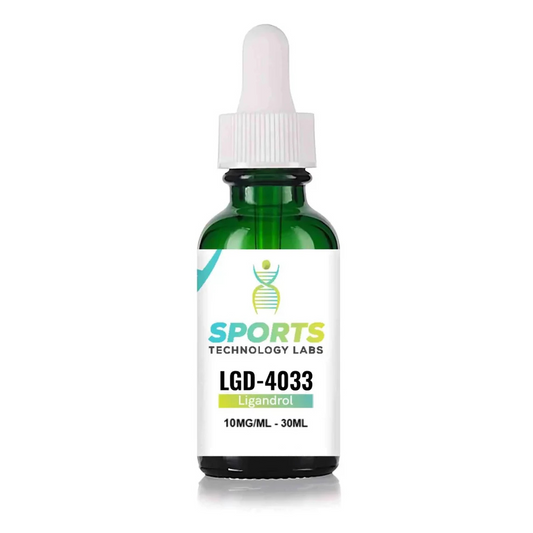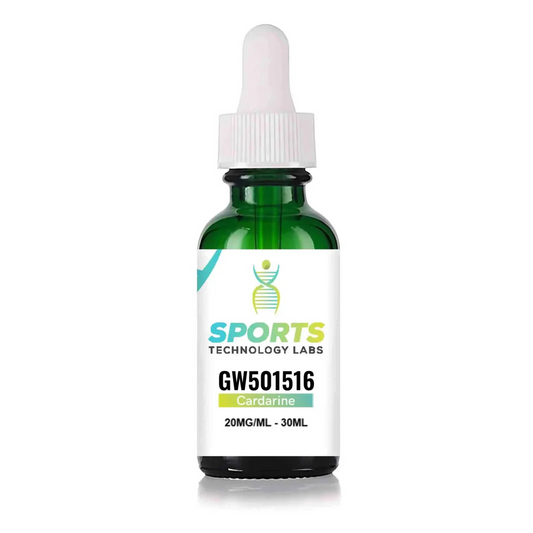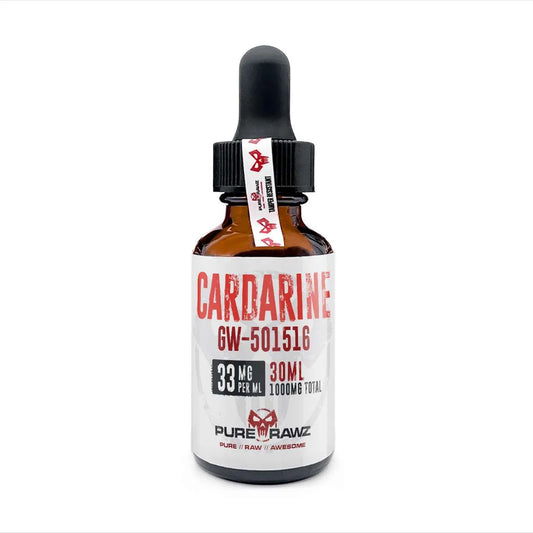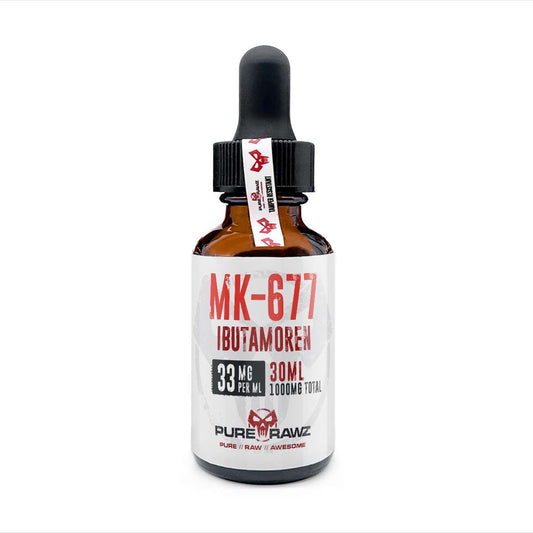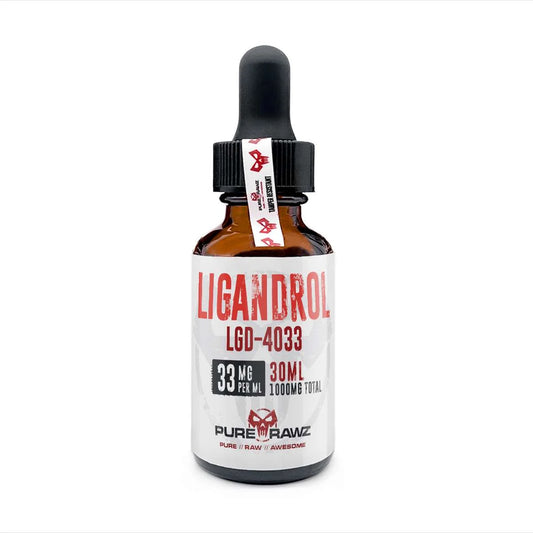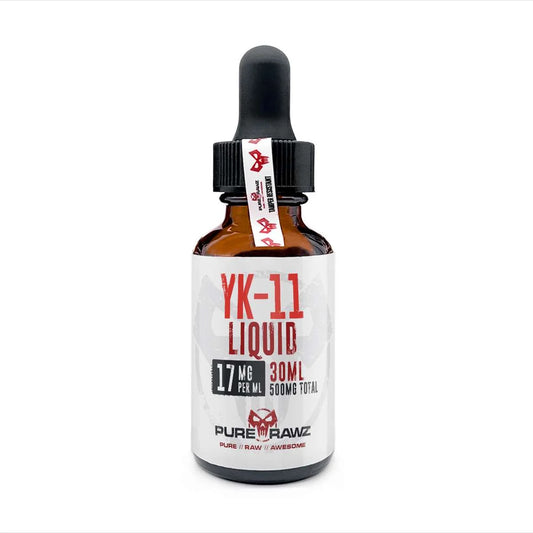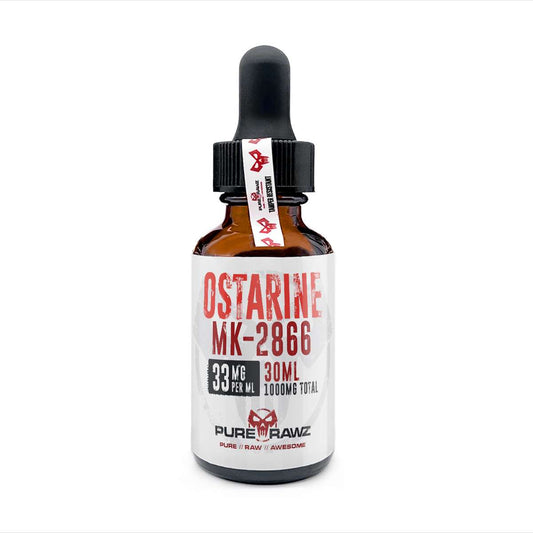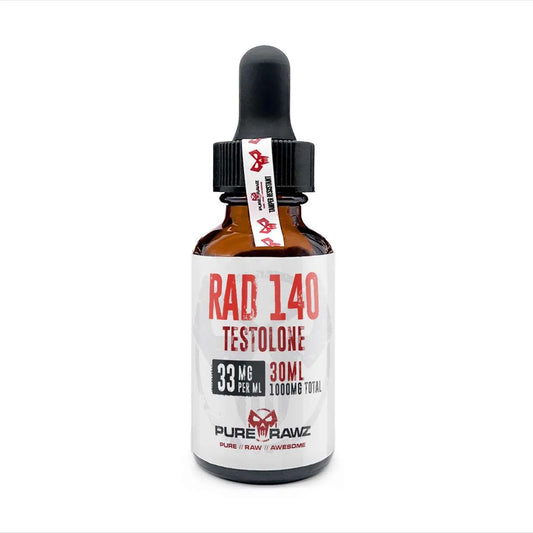Which SARM Is Right for Your Research?
 Introduction
Introduction
If you’ve been looking into SARMs for research, you’ve likely noticed there are multiple compounds available — each with unique properties, research findings, and potential outcomes. From Ostarine (MK-2866) to RAD-140 (Testolone), LGD-4033 (Ligandrol), and MK-677 (Ibutamoren), choosing the right option depends on the goals of your project.
In this article, we’ll break down some of the most researched SARMs, what studies have suggested about them, and how they differ. This comparison will help guide researchers in selecting the most relevant compound for their work.
⚠️ Disclaimer: SARMs are sold strictly for research purposes only. They are not approved for human consumption. This article is for informational and educational purposes only.
Ostarine (MK-2866)
- Research Highlights: Clinical studies on Ostarine have shown increases in lean muscle mass and strength in older adults, as well as potential benefits in muscle-wasting conditions.
- Research Goal Fit: Often studied for lean muscle preservation and physical performance support.
👉 Browse our full Ostarine collection.
Source: PubMed – Enobosarm Study
RAD-140 (Testolone)
- Research Highlights: Preclinical studies suggest RAD-140 promotes anabolic activity in muscle and bone, while case reports have examined potential risks to the liver and cardiovascular system.
- Research Goal Fit: Frequently referenced in studies on muscle size and strength.
👉 Browse our full RAD 140 collection.
Source: ACS Medicinal Chemistry Letters
LGD-4033 (Ligandrol)
- Research Highlights: Research indicates LGD-4033 supports lean body mass increase, strength, and recovery markers in short-term studies.
- Research Goal Fit: Studied in the context of muscle recovery and performance support.
👉 Browse our full LGD 4033 collection.
Source: PubMed – Ligandrol Study
MK-677 (Ibutamoren)
- Research Highlights: Unlike traditional SARMs, MK-677 is a growth hormone secretagogue. Studies have suggested increases in growth hormone and IGF-1 levels, which may influence muscle mass, recovery, and sleep quality.
- Research Goal Fit: Often investigated for muscle size, recovery, and sleep-related factors.
👉 Browse our full MK 677 collection.
Source: PubMed – MK-677 Study
Comparison Table
| Compound | Research Focus | Potential Benefits in Studies | Key Considerations |
|---|---|---|---|
| Ostarine (MK-2866) | Lean muscle preservation | Muscle mass, performance | Well-documented in trials |
| RAD-140 (Testolone) | Muscle & bone support | Size, strength | Some case reports on liver/cardiac effects |
| LGD-4033 (Ligandrol) | Performance & recovery | Muscle growth, strength | Short-term clinical data |
| MK-677 (Ibutamoren) | Hormone & recovery | GH & IGF-1 increase, sleep | Not a true SARM |
FAQs
Q: Which SARM is best for building muscle?
Research suggests RAD-140 and LGD-4033 have been frequently studied in relation to muscle size and strength.
Q: Which SARM is most studied for safety?
Ostarine has the most published human data among SARMs.
Q: Is MK-677 a SARM?
Technically, no. It’s a growth hormone secretagogue, often grouped with SARMs in research discussions.
Conclusion
When comparing Ostarine, RAD-140, LGD-4033, and MK-677, it’s clear that each compound has distinct properties and research applications. Whether your interest lies in muscle size, lean preservation, recovery, or hormone-related studies, different SARMs may be more suitable for different goals.
